I’ve never seen a game be so addictive to so many types of gamers so quickly…
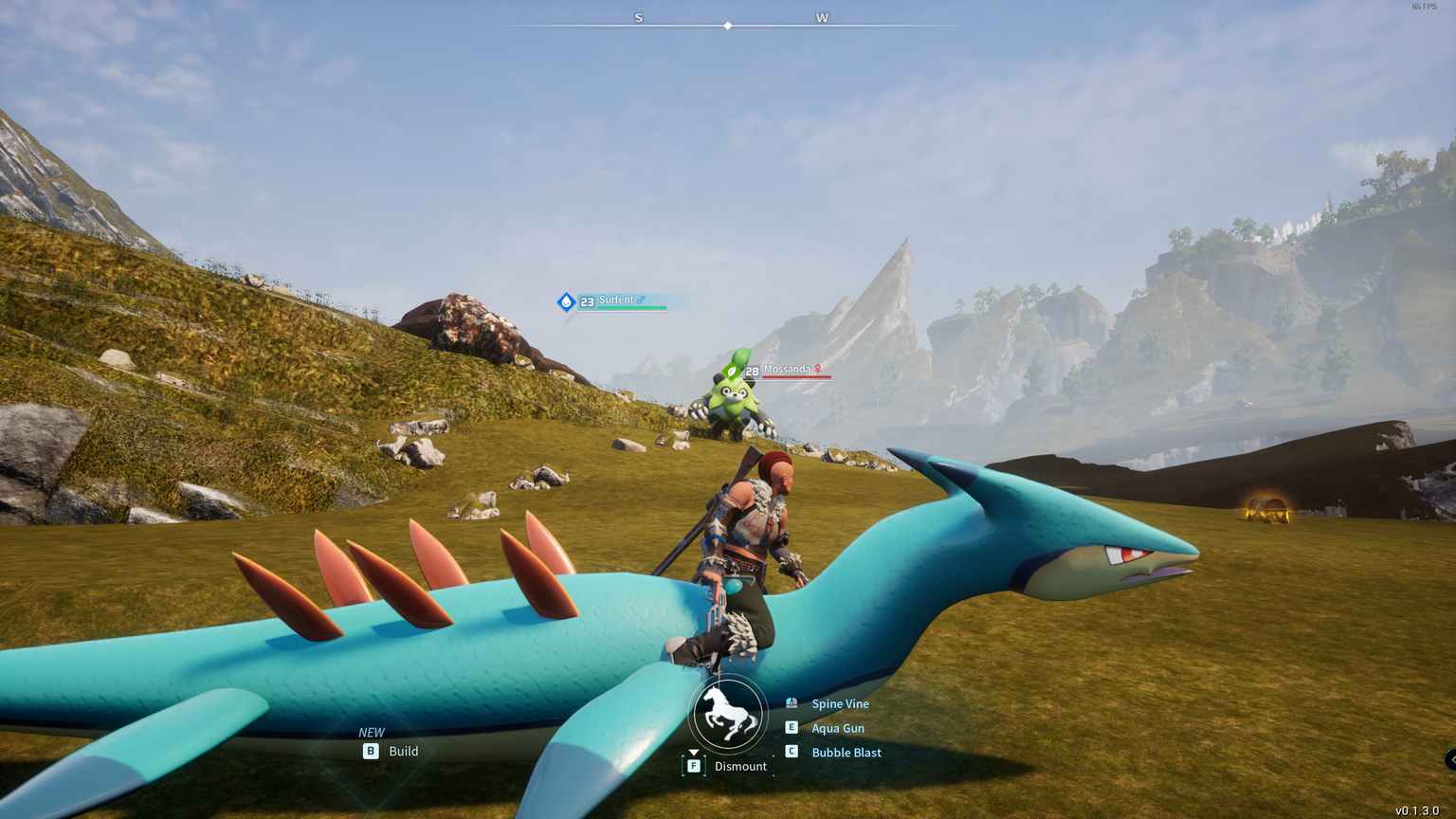
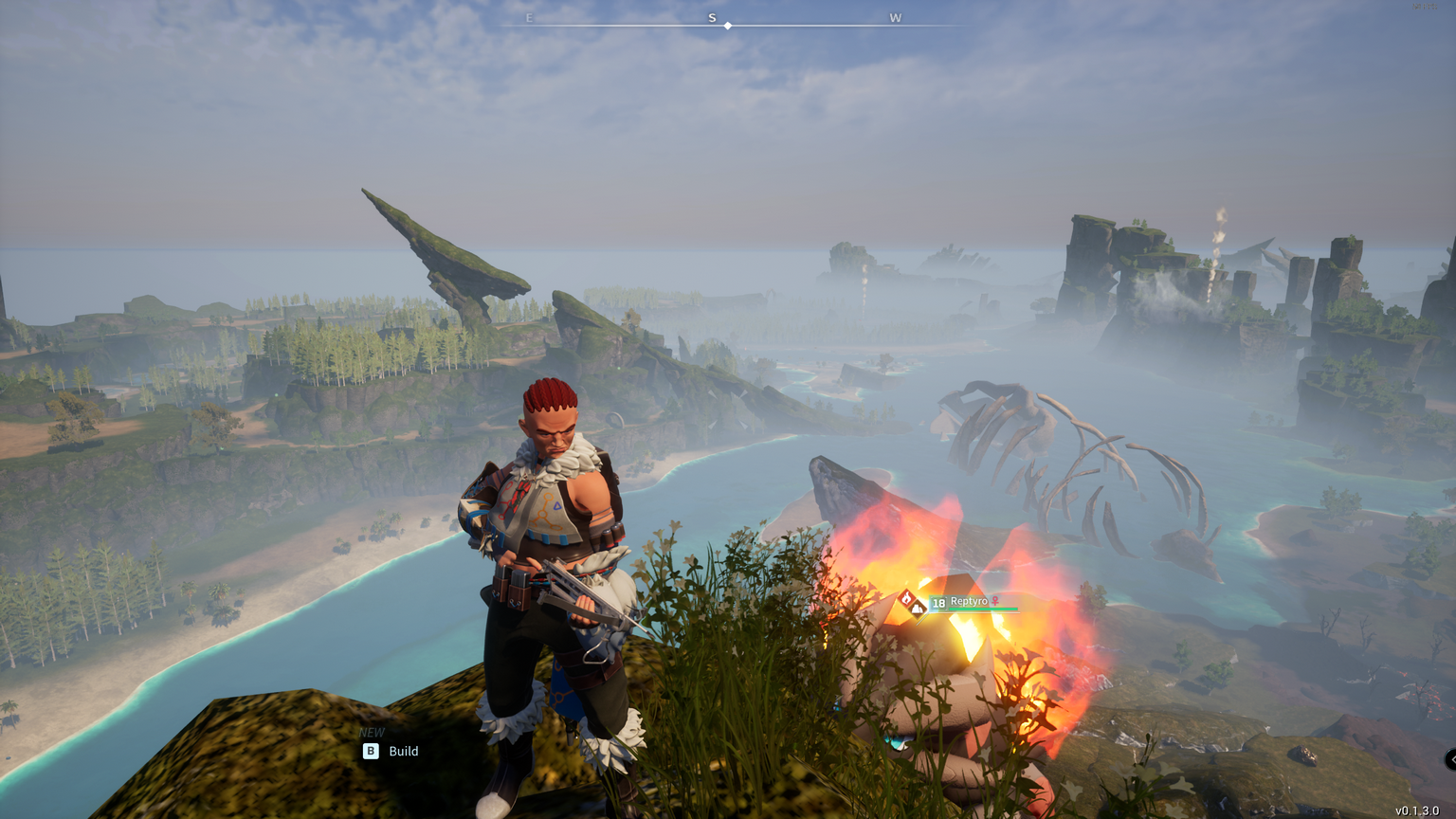
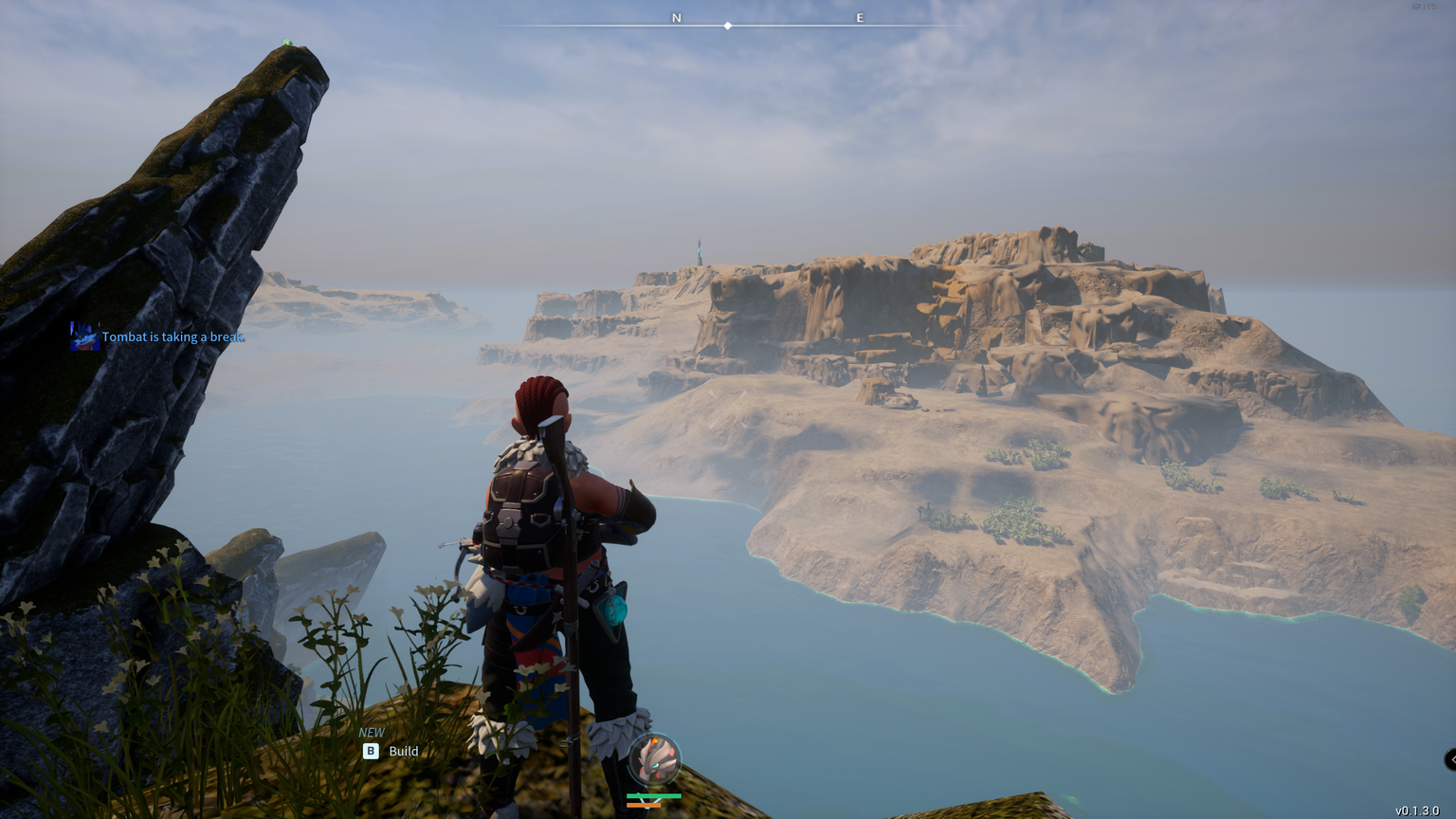
I’d rather grind ore and wood with my Pals than steal cashouts with the current The Finals meta, which is kind of all I was doing until last week.
Raising a family in Thailand // Documenting Issan food, culture, music, and people

Drag and drop it onto this program, click the button, and the location will display on Google Maps: Quick Photo GPS Extract

Elegant software made for a specific purpose.
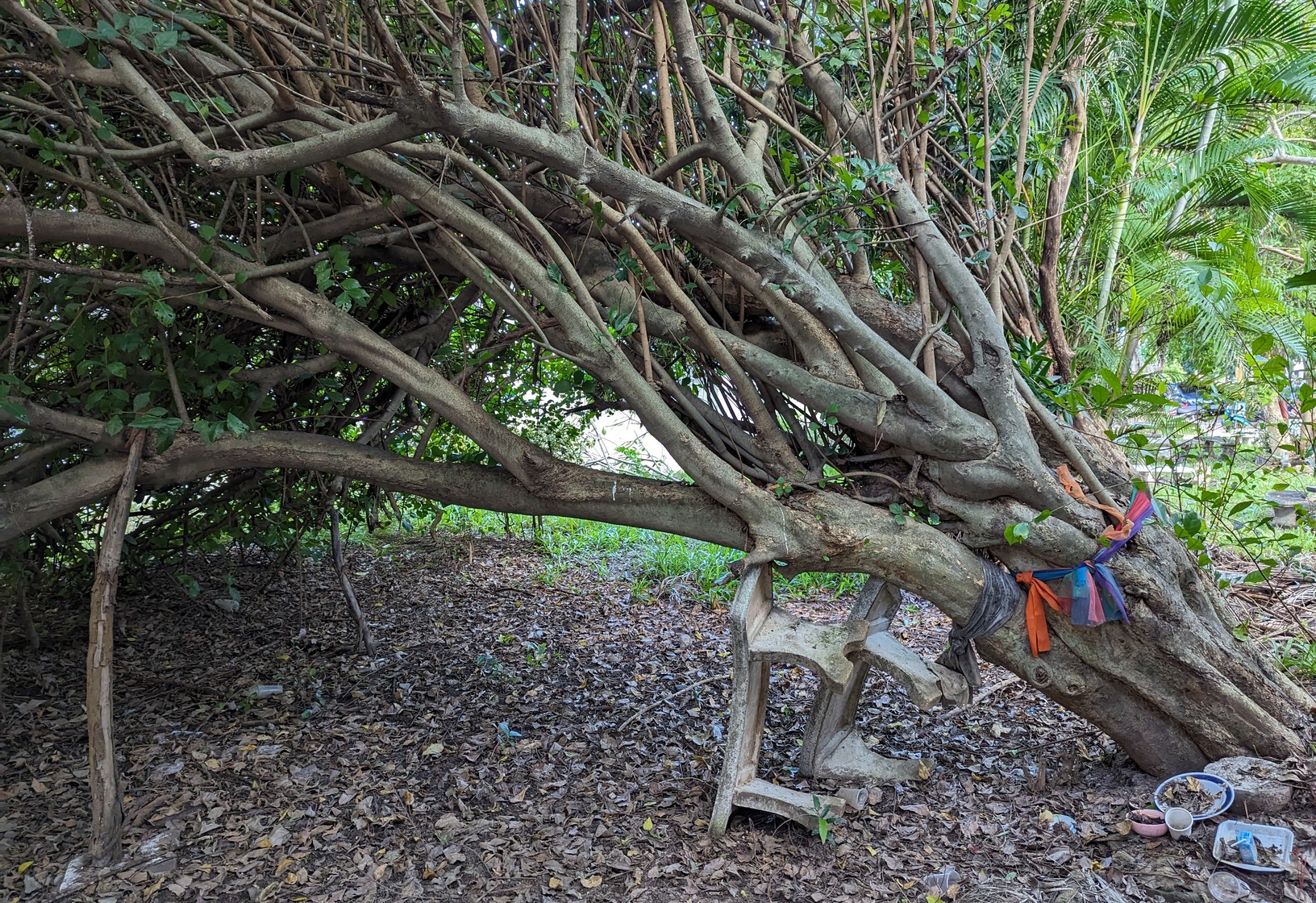
Well, the forest behind the English Program building at my uni, anyway.

Just before the new provincial art project statue thingy bridging the halves of the old MSU campus. Said thingy will probably be the subject of a future post.
Behold, dragonfruit ribs on my ghetto oil can smoker!

There were no leftovers that day.
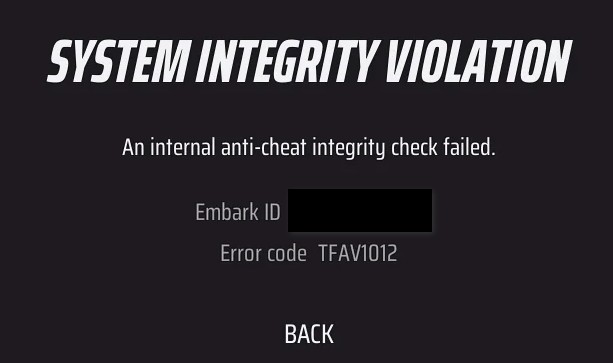
It seems that EAC doesn’t like any hardware changes, because after I turned XMP on in BIOS, I started getting this error and others that caused crashes on startup and even during matches.
“An internal anti-cheat integrity check failed.”
I don’t cheat, and neither do many of the others seeing this message. However, it does seem to be triggered by hardware profile changes, and this solution (among many, including verifying file integrity in Steam, reinstalling the game and Easy Anti Cheat software, and granting EAC programs Full Control) was the only one that worked for me:
You can easily open the AppData folder by typing %AppData% in your Windows search bar, or typing the same into the Run dialog box after pressing Windows key and R at the same time. If that doesn’t work, you may need to enable the Hidden files option from the View tab under Show/Hide section of an open window.

Happy fragging!

I tried making a barbecue sauce out of red dragonfruit at the end of last year. It was colorful and pretty tasty, but nothing is coming close to the mango BBQ sauce I like making every year during mango season.
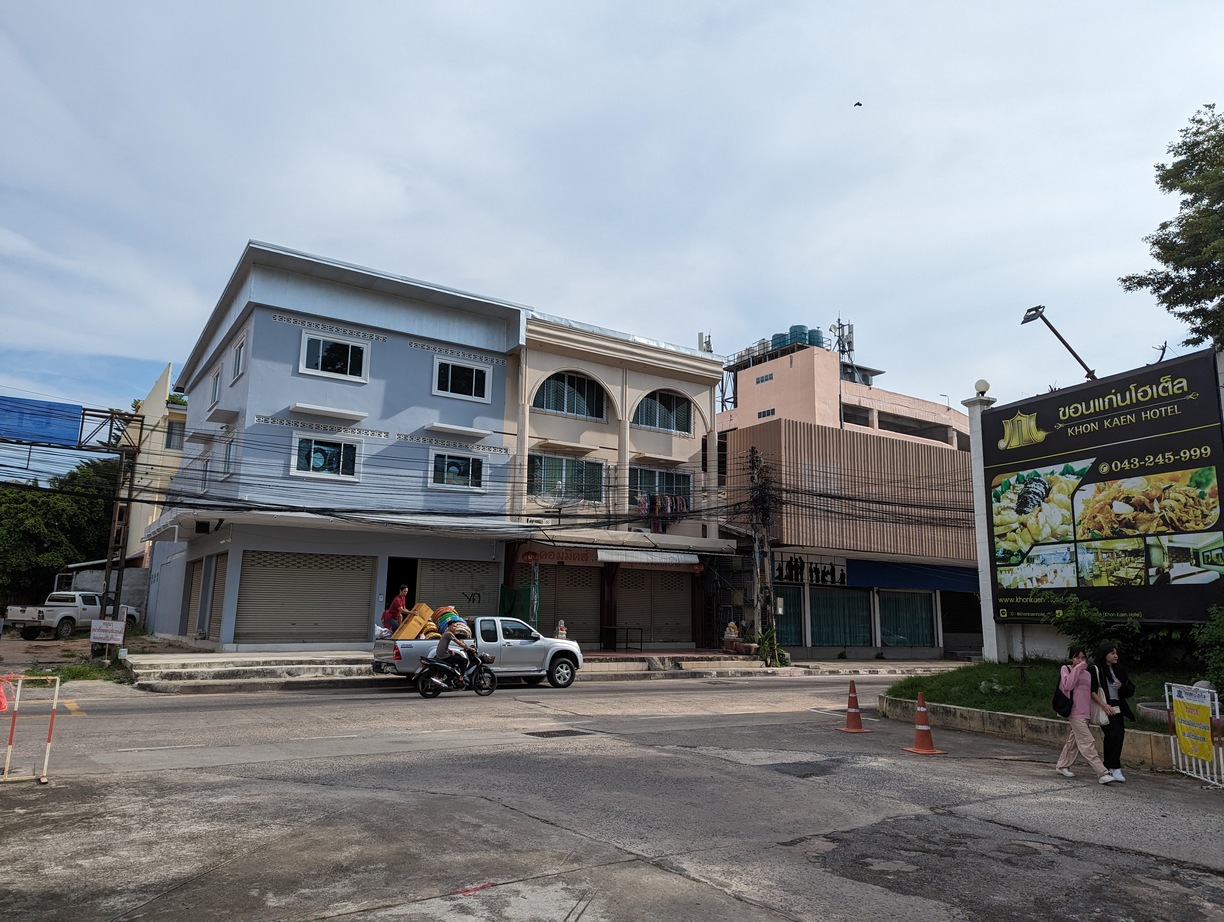

Mina went to an “English Camp” event at the Khon Kaen hotel a couple months ago. Nam’s family used to own the blue and beige buildings across the street from the hotel, but they sold them a few years back. It had been a bar or cowboy saloon of sorts for many years, then had sat in a state of disrepair for a while, an obvious eyesore in the neighborhood. It was good to see that the new owners fixed it up.
The blue banner with faded lettering has been there as long as I can remember (~20 years?) and it advertises NATENIGHT BAZAAR – but I can’t remember ever seeing the actual bazaar. I’ll have to ask Nam’s mom about it.
Yesterday, I was still recovering from a cold I came down with at the end of the year, so I had a good excuse to put off work and feverishly surf old RSS feeds. I ended up stumbling across the best Wikipedia article I’d seen for ages: Killer whales of Eden, New South Wales
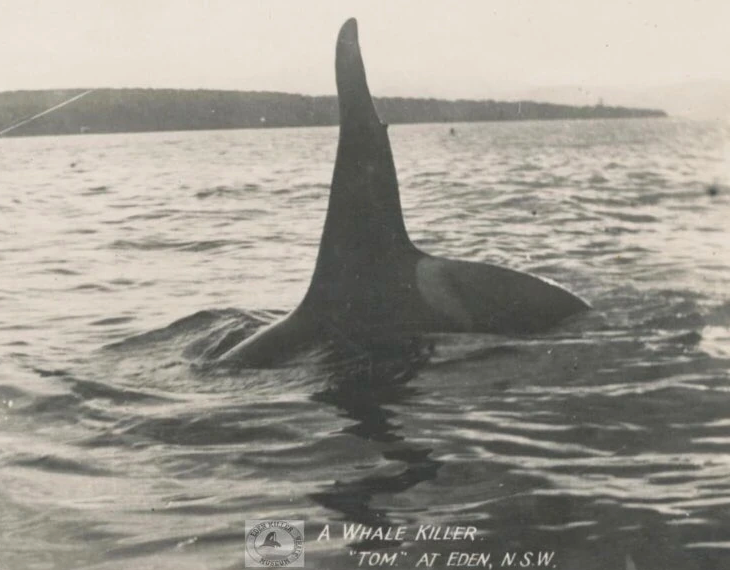
I want to start in reverse chronological order.
New South Wales, Australia, is home to the Eden Whale Festival, which celebrates the southern migration of the humpback and other whales. This area is historically important for being the home of a whaling industry after the arrival of Europeans, and much further back, subsistence whaling by native people.
Old Tom and his pod of orcas, “The Killers of Eden,” have probably all died out, as DNA evidence suggests that Old Tom’s group does not have any descendants in our oceans today. They are not forgotten by the locals, even after Eden’s whaling station stopped processing whales in 1928. There is the Eden Killer Whale Museum where Old Tom’s skeleton is displayed, and also a life-size ceiling display dedicated to them in the National Museum of Australia. However, in the present day, killer whales are an uncommon sight on the far south coast of NSW (New South Wales).
From a 2010 article in the Sydney Morning Herald:
Eighty years ago this week – on Thursday, September 18, 1930 – The Sydney Morning Herald reported the death of one of the most eccentric celebrities of NSW.
https://www.smh.com.au/environment/conservation/the-king-of-the-killers-20100916-15er7.html
The body of ”Old Tom” was found washed ashore near Eden. The paper described him as ”the king of the far-famed pack of Twofold Bay killers” and ”the last of his tribe”.
The story, ”King of the Killers”, said, ”For over 100 years he and others of the pack, at one time numbering as many as 30” rendered an enormous service to the community by intercepting migrating whales and trapping them in the bay.
Old Tom and his killer whale cohorts would keep their prey ”corralled until local whalers could complete their capture. While the pack kept the whales cornered, ‘Old Tom’ would station himself at the river mouth, near the whaling station, and attract the whalers’ attention by lashing the water with his tail”.
His death led directly to the creation of the Eden Killer Whale Museum, says a local historian, Barry Smith, who guides school groups and bus parties around one of the state’s most unusual tourist attractions.
John Logan, a retired pastoralist who had served as a vet in the armed forces, provided the premises for the museum partly out of guilt. In about 1923, Logan and his neighbour, the third-generation master whaler George Davidson, went out for a day’s fishing in Twofold Bay on Logan’s motorised yacht, White Heather.
”George happened to have his harpoons with him,” says Smith. ”So when Old Tom drove a small whale to the surface, George harpooned it.”
Since the 1840s, the whalers had abided by what locals call ”the law of the tongue”. When the killer whales had helped them with a kill, the whalers would tie the carcass to a buoy overnight allowing the orcas to take their feed.
Both benefited, Smith explains, because the killer whales only ate the lips and the tongue – the keenest meat on a baleen whale, leaving the whalers to harvest the profitable blubber and whalebone later.
But this particular day, says Smith, ”Logan saw a storm coming. He said, ‘George, this might be the last whale you get all season. If we leave it for Tom, you’ll lose it.’
”George said, ‘But what about Tom?’ To which Logan replied, ‘Bugger Old Tom!’
”The upshot was a tug-of-war developed between Logan and Old Tom, which led to Old Tom losing a couple of teeth.
”Logan’s young daughter, who was with them that day, remembered her father saying, ‘Oh God, what have I done?’ Being a former military vet, he knew what a problem missing teeth could be for a killer whale.
”Sure enough, Old Tom died seven years later. There was an abscess in his mouth caused by those missing teeth, showing that he died of starvation.”
Old Tom’s skeleton was installed as the prize exhibit in the new museum, where it remains today to the delight of 50,000 visitors a year. A program of activities is planned to mark the 80th anniversary.
The story of Old Tom and the killer whales in Eden was the subject of an ABC documentary by the filmmaker George McKee, who is now working on the screenplay for a feature film.
Killer whales and humans worked together for mutual benefit in other places around the world, says McKee, but what made Twofold Bay different was the co-operation was documented for at least a century.
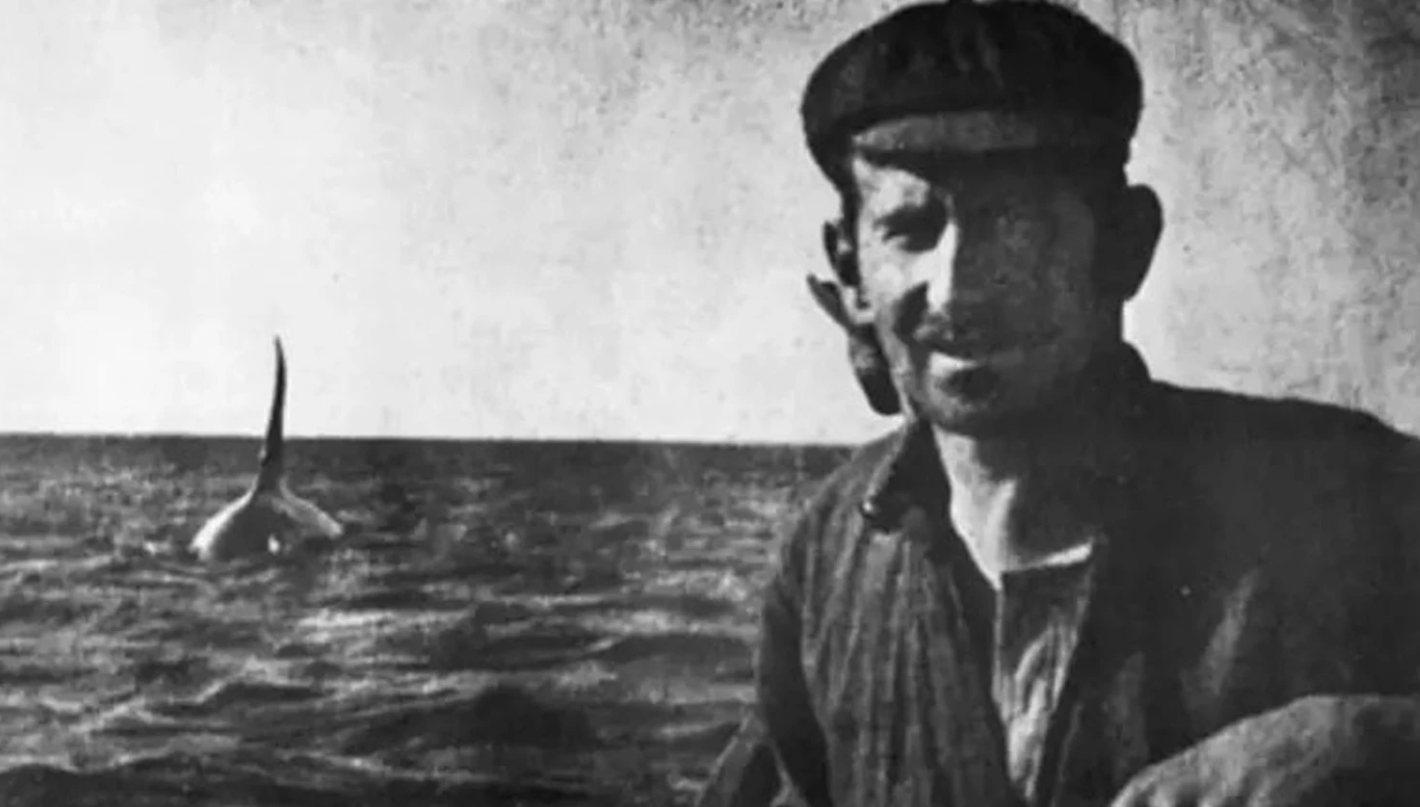
There was a website dedicated to these orcas which has unfortunately been taken off line, but is still viewable on archive.org: Killers of Eden. There are too many interesting details on that site to let it simply disappear:
Each year for more than a century on Australia’s far south east coast, autumn moved into winter and the killer whales would return to Eden from the Antarctic and lie in wait. Their prey were the baleen whales journeying to and from their breeding grounds hundreds of kilometers up the coast. Three generations of the Davidson family worked with the killer whales, often invited by the killers and led out to sea to join in the hunts. A few members of the pod of orcas would swim right into the mouth of the kiah river where the Davidsons had their two isolated houses on the opposite side of the bay from the township of Eden. They would then breach or thrash their tails on the water surface untill the whalers emerged and rowed their boats out to meet them. The Davidsons called this behaviour “flop-tailing”. No other Eden whalers were ever visited in this manner. On cloudy moonless nights, the Davidson crews would follow the glowing bioluminescent trails of the orcas which would light up the sea.
When the whale was dead, the Davidsons would simply row home after tying an anchor and small buoy to it, leaving first spoils to the killers. Just like orcas elsewhere in the world, the Eden killers only ate the tongue and lips and discarded the rest.
After a few days the whale would float to the surface and the Eden whalers would row out and tow the remains for “trying out” at their tiny whaling station on the banks of the Kiah river in Twofold bay. The whalers called this arrangement “the law of the tongue” and as a result, far less of the whale was wasted than if the Orcas had hunted alone.
The relationship became so close that the whalers would attempt to rescue the killers if they became entangled in ropes and the killers would protect the humans from sharks if the flimsy green whaleboats were smashed. As a result, few fatalities occured amongst the crews, despite regular serious accidents.
The killers could easily differentiate between the Davidson’s green row boats and competitors boats of other colours. Captive orcas in aquariums have no trouble recognising individual humans, distinguishing between others wearing identical clothing such as wetsuits. so the Eden killers could likely have recognised individuals amongst the Davidson crews. The Davidson boats’ green colour was based on the green of the traditional Scottish Davidson tartan.
The Davidsons never used motor boats to catch whales. Only rowboats. Sometimes motor launches were offered for use as pick-up boats in case of accidents or to tow whales to shore. In the final decade of whaling in the 1920s the Davidsons’ neighbour J.R. Logan would occasionally give the row boats a tow out to a chase with his yacht the “White Heather”, but no bomb-gun or harpoon was ever fired from a motor boat in twofold bay. The Davidsons avoided using explosive “bomb-guns” to catch whales because the concussive noise greatly distressed the killers and discouraged them from co-operating.
https://web.archive.org/web/20140517160650/http://killersofeden.com/
Enter the knife-wielding psycho:
In 1900 the killer pack numbered over 15 individuals untill a vagrant named Harry Silks knifed the killer Typee to death on Aslings beach. Other sources state the killer Jackson was killed. Immediately the killer pack left the bay for the remainder of the season and the following season only six returned. Whilst it has been suggested that the disappearance of the killers was a result of dwindling food supply, large scale hunting of eastern coast humpback populations did not actually occur untill the 1950s, a whole half century after Typee’s killing and the Eden pack spliting in two. The population of humpbacks at the time of Typee’s 1900 killing and splitting of the pod has been estimated by pacific whale foundation scientists as being the same as its pre-european settlement population.
The Davidsons became aware that during WW1 the killers were being deliberately shot and killed by Norwegian whalers working from Queensland who were oblivious to their non-competetive assistance to the Eden whalers. Archer Davidson specifically mentions that as a reason for the killers numbers dwindling in that time period.
Old Tom himself passed away in 1930, 30 years after Typee yet still 20 years before large scale whaling for humpbacks in Australia.The skeleton of “Old Tom”, the last of the Eden Killers is preserved to this day in the Eden Killer Whale Museum and bears testament to the extraordinary tales told about him. Tom’s death in 1930 brought the 100 year period of whaling in Eden to a close.
https://web.archive.org/web/20131205202832/http://www.killersofeden.com/profile.htm
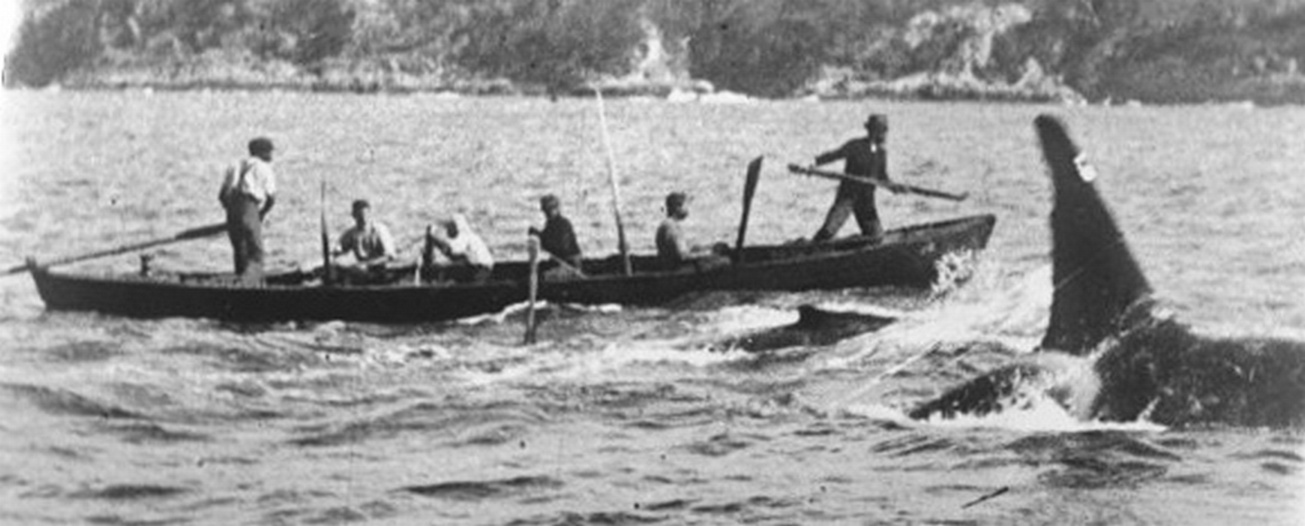
A special note must be made here regarding the Law of the Tongue, which apparently has roots thousands of years before the time of the Killers of Eden (AKA the Twofold Bay Killers) in the culture of the local natives called the Thaua. In fact, most of the resources linked so far in this post fail to mention that the reason the Davidsons found success with the orcas at all was possibly because of the special relationship the ancestors of their native boat crews had fostered with the whales over the course of thousands of years. There is mention in the Wikipedia article for Old Tom that “the law of tongue dates back to indigenous Australian history, similarly to the food offering to the beowas by locals for generations.” The linked reference there states:
The ‘Law of the Tongue’ was that once the whales were harpooned and killed the whalers would leave them overnight for the Orcas to eat the tongues.
The Orcas would leave the rest of the carcass for the whalers.
This relationship didn’t come about by chance.
Lynne Thomas, daughter of Yuin elder Guboo Ted Thomas, says that the reason so many Aboriginal men were employed in the whaling crews was that the Aboriginal people had over centuries established relationships with whales and dolphins – a relationship that was part of Aboriginal culture.
https://www.abc.net.au/local/audio/2013/10/29/3879462.htm
There was a lot to research for this post compared to my usual drivel, but having to peel back so much in order to find credit properly given where it was due was kind of depressing. Looking back, it should have been obvious since so much of that part of history, and the Aboriginal culture in general, has been purposefully obscured. Like the sad fate of Old Tom and the complete disappearance of his bloodline, it just kind of shows why we humans can’t have nice things.
All of the dark possibilities (many taken from the video linked in this post) play out like a tragic tale:
Damn.
I still find the Killers of Eden very interesting, and besides the possible romanticizing of whaling, I now kind of understand why I’d never heard of it — there are too many ugly sides to the story from a current perspective, even though it’s utterly fascinating. The hour-long documentary is available on both Vimeo and YouTube, and contains a lot of content not available elsewhere. It is embedded below.